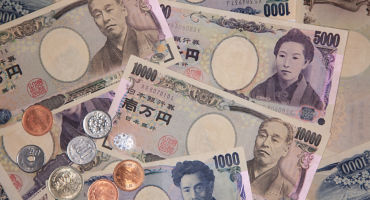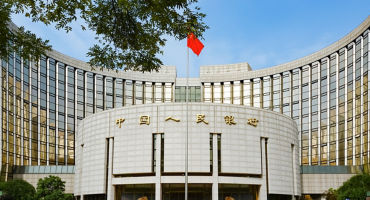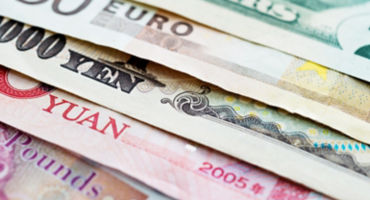Global fixed income markets have witnessed a major regime change this year. Now we’re focused on two key factors: US cycle extension risk and the potential end of US-dollar (USD) exceptionalism.
Understanding the state of the USD today
Year to date, the USD has benefited from favorable terms of trade. It’s not exposed to the worst of the energy crisis, and there’s been relatively strong US growth. On top of this, the US Federal Reserve (Fed) has delivered one of the most rapid tightening cycles among major economies. The US economic cycle could extend for a while, making an imminent interest-rate-hike pause by the Fed less likely even as peak terminal rates have repriced lower across other major regions.
We’re now increasingly concerned that rapid monetary policy tightening is tipping the US into a growth slowdown, or even recession. A hawkish Fed could be a headwind for the USD in 2023 given the overvalued exchange rate. Capital flows and expected growth differentials significantly influence currencies, and Fed Chair Jerome Powell’s rhetoric suggests that the Fed wants to slow US growth. Beyond this, the divided government in place as a result of the US midterm elections is less likely to approve significant new spending, so restrictive fiscal policy could weigh on US economic growth relative to peers for the next couple of years. So, we believe that US growth-sensitive assets, including the US dollar, might underperform as the Fed leans against “US exceptionalism.”
Outside of the US, major central banks, including the Bank of Canada, Bank of England, and Reserve Bank of Australia, have chosen to emphasize recession-like conditions over above-target inflation risks. The FX market is starting to favor currencies like these, where central banks are emphasizing growth over inflation. It’s worth noting that European currencies, including EUR and GBP, may face an overhang from stagflationary conditions in the continent. However, near-term risk has eased as Europe will likely avoid some of the worst-case scenarios for an energy crisis this winter.
When it comes to inflation, China stands out relative to the rest of the world. Chinese growth has been hindered by a faltering property sector and COVID-containment policies. However, a recent shift in policy stance to stabilize these domestic dynamics could bolster the CNY and Asia-Pacific currencies. Japan’s reopening in October is a big deal and should marginally support the yen. If China reopens, even gradually, it could be even a bigger deal. This scenario would suggest tailwinds for China-sensitive assets including Asia-Pacific currencies, such as the Chinese yuan and the Korean won.
We believe that these recent developments mark at least an interim peak in the broad USD index (Figure 1). In the short term, the relative safety of the greenbacks could still be compelling given bubbling global geopolitical risk. Also, US activity indicators are slowing, yet the US still appears more likely than some other developed markets to avoid recession. US cycle extension risk means the Fed may be inclined to hold rates higher for longer and project a higher terminal federal funds rate, even if it signals a slower pace of interest-rate hikes ahead — this could temporarily support the dollar versus G10 currencies.



























